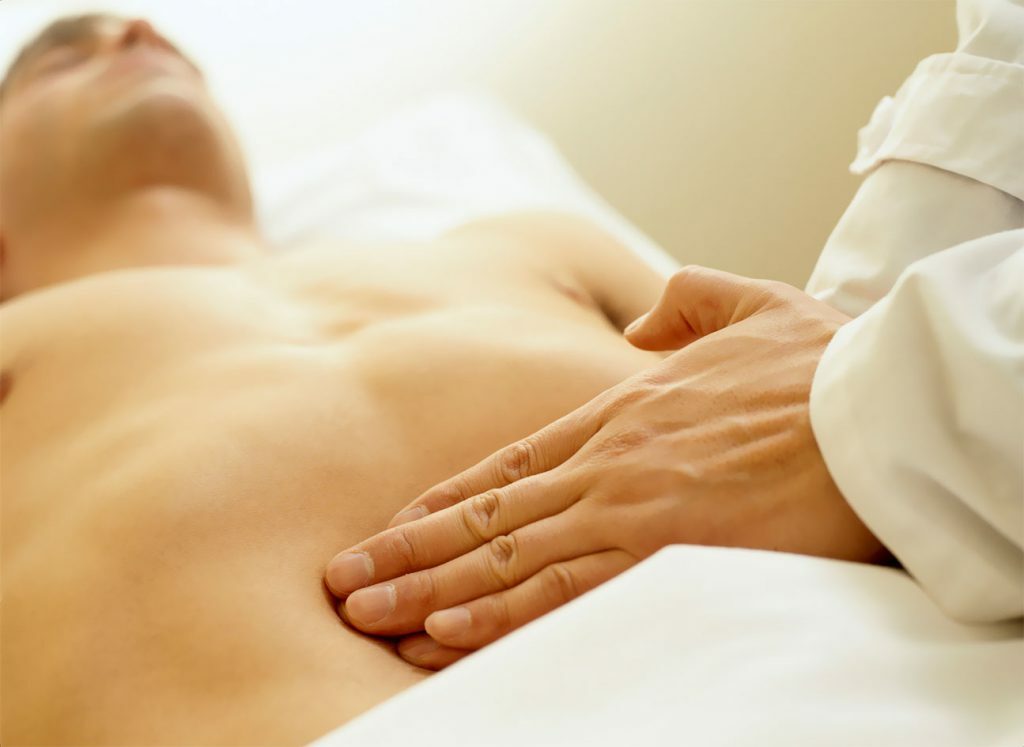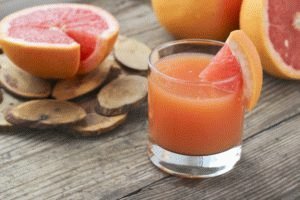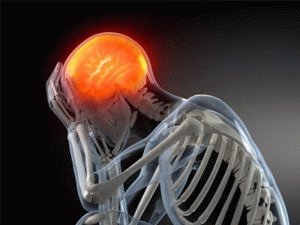Effective treatment of biliary dyskinesia
Dyskinesia of bile ducts is a disease that can cause serious harm to the human body.
If you want to know about the symptoms of this pathology, and also read about how to properly treat it, then read this article. Read more about the disease
Contents:
- More about
- disease symptoms
- dyskinesia biliary tract How is the diagnosis of pathology?
- Read more about the treatment of biliary dyskinesia
- Diet for biliary dyskinesia
Dyskinesia biliary tract and gall bladder in adults and in children - a functional disorder, shortness of provoking or, conversely, too copious flow of bile into the digestive system.
The cause of this pathology is the inadequate contractile activity of the bile ducts.
Doctors who follow the course of bile duct dyskinesia in their patients share these pathologies by type of occurrence.
There are primary and secondary anomalies, you can read more about this in this article. The first type includes congenital types of pathologies.
To the second type of dyskinesias are the anomalies that arise during the life of the patient due to the adverse effects of certain factors.
Reasons for the appearance of primary dyskinesia:
- hereditary anomalies of the bile excretory system;
- occlusion of ducts originating from this organ;
- the presence of additional septa in the bile ducts, hindering the flow of bile.
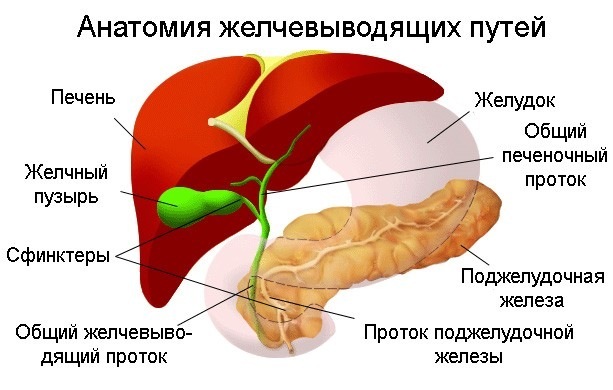
The causes of secondary dyskinesia of bile ducts are more extensive.
These include:
- cholelithiasis;
- inflammation localized in the abdominal region( gastritis, cholecystitis, duodenitis, pancreatitis);
- ulcerative or erosive lesions of the digestive tract;
- hepatitis;
- stress and neurosis;
- thyroid diseases characterized by deficiency of certain hormones( eg, hypothyroidism);
- consequences of abdominal operations;
- various systemic diseases, adversely affecting the functioning of the body( dystonia, diabetes, myotonia, etc.).
The risk of occurrence of biliary dyskinesia are people who do not watch their diet, alcohol abuse and various narcotic substances, suffer from vitamin deficiency, parasitic infestations, leading a sedentary lifestyle and have asthenic constitution.
Dyskinesia of the bile duct can provoke various contractile activities.
Classification of bile duct activity:
- hyperkinetic activity;
- hypokinetic activity;
- hypotonic-hyperkinetic activity.
Hyperkinetic form of pathology is characterized by increased contractility of biliary tract tissues.
The presence of this type of dyskinesia bile ducts provokes an excessively abundant injection of bile into the intestinal system.
Many doctors agree that hyperkinetic dyskinesia is characteristic of young, and not elderly patients.
Video:
Hypokinetic form of anomaly provokes sluggish, inactive contractions of bile duct tissues.
The amount of bile entering the intestinal system due to rare and uninfluous injections is not sufficient to digest food.
This form of the disease is more common among middle-aged and elderly patients.
Also at risk of this type of disease are people who regularly suffer from neuroses.
The hypotonic-hyperkinetic form of pathology has symptoms characteristic of both the first and the second type of anomalies.
Usually, in the presence of this form of the disease, there is a clear separation of "responsibilities": the gall bladder works with increased capacity, and the activity of the bile ducts, on the contrary, has a decreased activity.
Symptoms of biliary dyskinesia
If you notice certain symptoms that significantly reduce the quality of your life, and want to know if they are similar to dyskinesia of bile ducts, then read this article.
It should be noted that any form of dyskinesia provoking an abnormal operation of the bile ducts have similar symptoms. They differ only in the nature of the pain.
General symptoms and signs of biliary dyskinesia:
- yellowing of the skin and eye sclera, provoked by acute intoxication of the body;
- darkening of urine and stool;
- sometimes - the presence of skin itching;
- putrefactive air burping, which occurs after a while after eating;
- nausea and vomiting, not bringing relief;
- bitter taste in the mouth;
- constipation( hyperkinetic form of pathology);
- diarrhea( hypokinetic form of pathology);
- increased fatigue and nervousness.
After you have familiarized yourself with the common signs of biliary dyskinesia, you can read about the particular symptoms of various forms of the disease.
Hypertonic dyskinesia of the bile ducts proceeds with the formation of pain localized in the right hypochondrium zone. It can be static or radiating to the right side of the back.
In some cases, the discomfort felt in this form of the disease can spread to the epigastric region.
The pain produced by hypertensive dyskinesia of bile ducts is acute, sharp and intense.
Video:
They have a paroxysmal course and appear after eating, regardless of the time of day. On average, such pain lasts no more than half an hour.
Hypotonic dyskinesia of the bile ducts provokes the appearance of pain, which dissipates throughout the hypochondrium and does not focus at any particular place.
As a rule, a person who feels such painful symptoms can not clearly say in which area he feels acute discomfort.
Some patients suffering from this form of pathology note that, together with the dissipating pain in the hypochondrium, they feel discomfort in the right scapula as well.
Pains, provoked by the presence of hypotonic dyskinesia, have a blunt, bursting, aching character. They can last long hours without interruption.
Hypotonic hypertensive dyskinesia of the bile duct can provoke symptoms of either one or the other form of the disease.
How is pathology diagnosed?
Before determining what treatment is required for the patient, medical or surgical, the gastroenterologist should find out the causes of the problem and identify what pathologies are present in the patient's body.
So, how is diagnosis of biliary dyskinesia diagnosed?
At the first stage of the diagnosis, the doctor analyzes the clinical symptoms of the pathology, and also listens to the patient's complaints, collecting an anamnesis.
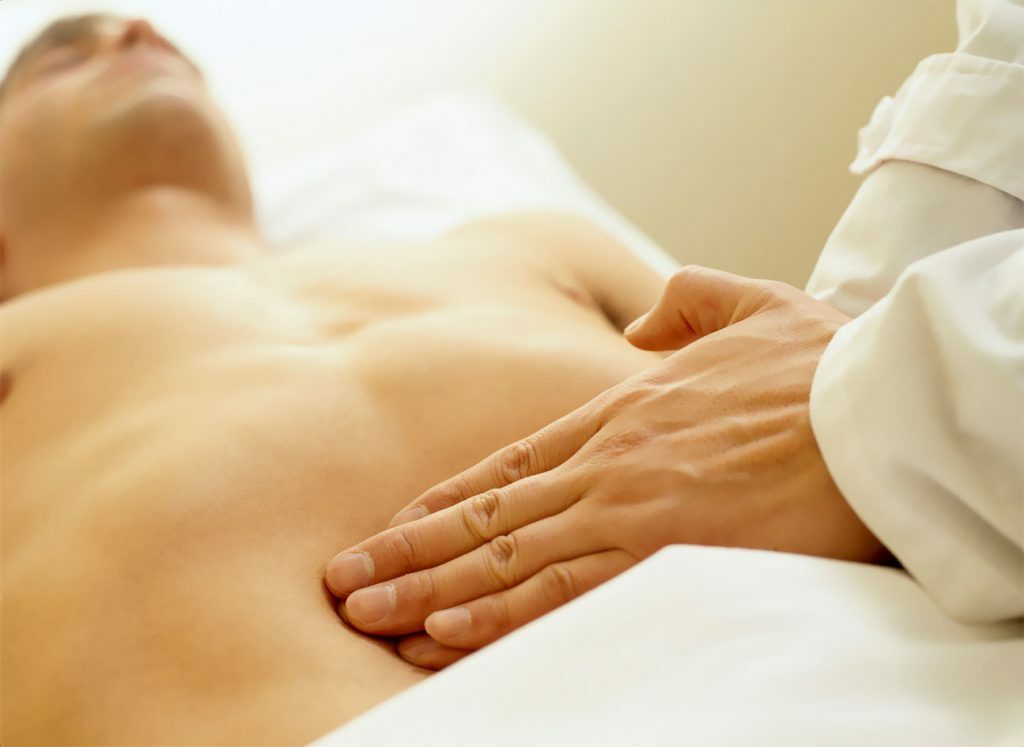
Diagnosis of the first stage involves visual inspection of the patient's condition, as well as the identification of possible signs of the disease with the help of classical medical methods: palpation and percussion of the abdominal area.
Diagnosis of biliary dyskinesia is inconceivable without examining the results of analyzes of the patient's biological fluids.
Doctors can detect the presence of this disease by the results of a general and biochemical blood test, a general urine test, stool analysis and a lipidogram.
A general analysis of the blood of people suffering from this pathology shows leukocytosis. In addition, the increase in ESR may indicate the presence of this anomaly.
In the study of general urine and feces analysis, laboratory workers pay attention to the color of these biological materials( in dyskinesia of bile ducts they are much darker than normal).
Biochemistry of blood can indicate an imbalance of creatinine, total protein, uric acid and bilirubin.
If the tests handed down by the patient will contradict the symptoms of the pathology, the doctors will refer it to additional hardware diagnostics that can clarify the situation.
For the detection of biliary dyskinesia, fibroesophagogastroduodenoscopy is performed, involving the use of fiberglass optics, endoscopic retrograde cholangiopancreatography, and abdominal ultrasound of the peritoneum.
Video:
Any diagnostic from the list above is mandatory.
In some cases, diagnostics such as cholecystitis can be necessary to clarify the diagnosis. It is performed using a contrast that is taken orally.
After a while after taking a contrast agent, the patient should visit the X-ray room and take a picture of the peritoneum.
This diagnosis allows you to determine the biometric characteristics of the gallbladder: its size, shape, volume, as well as to identify any abnormalities in the structure of this organ.
More on the treatment of biliary dyskinesia
Treatment of such pathology as dyskinesia of the bile ducts should be complex.
Doctors specializing in the research of this disease prescribe to their patients numerous medications having a carefully selected dosage.
Treatment of biliary dyskinesia is aimed at normalizing the bile duct along the body's ducts, as well as diluting this biological fluid.
That is why the main drugs that are prescribed for patients suffering from pathology are cholagogue medicines.
Drugs prescribed for dyskinesia are divided into different groups and are assigned depending on the form of the disease.
When hyperkinetic form prescribed drugs that reduce the secretory activity of the gallbladder, and when hypokinetic form - drugs that enhance the power of this organ.

That is why drug treatment of pathology should be prescribed only by an experienced and qualified physician.
Treatment of hyperkinetic form of anomaly is carried out with such drugs as:
- sedatives( "Novo-Passit", "Tincture of valerian medicinal", etc.);
- cholekinetics( Mannit, Holosas, Gepabene, etc.);
- holospazzalitiki( No-Shpa, Odeston, Papaverin, Duspatalin, etc.).
Treatment, during which cholagogue and other drugs are used, normalizes the outflow of biological fluid and struggles with the pain experienced by the patient.
It should be noted that the cholagogue preparations from this list have some differences from medications of similar action prescribed in other forms of pathology. Treatment
hypokinetic form pathology conducted following medications:
- choleretic( cholagogue tablet formulation enhancing biological fluid "Holenzim", "Sibektan", "Tsikvalon", "Holagol" and so forth.);
- myotropic antispasmodics( "Odeston", "Duspatalin", etc.).
Cholagogue preparations prescribed by a patient with biliary dyskinesia are often sold without a doctor's prescription.
But this does not mean that they can be bought uncontrolled and independently "appointed" to themselves, to forget about the symptoms of the disease.
The classification of these drugs is complex, so they should be selected according to the individual clinical picture in each case.
The causes that cause the emergence of dyskinesia of bile ducts of all forms can activate various undesirable symptoms.
Video:
get rid of problems with a chair, a bitter taste in the mouth, bloating, and other symptoms of dyspeptic disorders may be taking drugs such as "Mezim", "Creon" etc.
many fans of alternative medicine interest, to cure dyskinesia can bile. Ways only by folk remedies? Of course, no.
However, they can be used as an adjunctive therapy that facilitates the patient's well-being.
It should be noted that folk remedies are cholagogue decoctions prepared on the basis of spinach leaves, thistle fruits, leaves and roots of barberry, and birch buds.
These choleretic broths can not remove the complications of the disease, so they should be taken during a period of persistent remission in order to prolong it.
Diet for biliary dyskinesia
The causes of the development of this disease are treated with medication.
The diet, which will be discussed in this paragraph of the article, will help alleviate the burden on the digestive system and significantly reduce the risk of returning the disease.
Products approved for people suffering from biliary dyskinesia:
- mucous porridge;
- vegetarian soups;
- rye bread;
- egg proteins;
- sweet berries and fruits( except citrus and exotic varieties);
- vegetables( except for radish, potato, turnip, radish and turnip);
- low-fat meat, fish and poultry;
- vegetable oils;
- skimmed sour milk products, milk, cheese, cottage cheese;
- honey, sugar( with restrictions);
- green and herbal tea, broths of medicinal plants, compotes, kissels.
Foods banned for biliary dyskinesia:
- fatty meats, poultry and fish;
- meat, fish broth and broth cooked from poultry;
- spices and spices;
- white bread and other pastries;Beans, peas and other legumes;
- fried and smoked dishes;
- semi-finished products;
- sweets( especially chocolate and ice cream);
- various sauces( ketchup, mayonnaise, etc.);
- alcohol, black coffee, black tea, carbonated drinks.
The diet, which is prescribed in this pathology, is called "Therapeutic table number 5".As part of this diet, it is recommended to eat warm, slightly salty foods.
Diet treatment is not a myth, but a reality, confirmed by millions of patients around the world.
After reading this article, you learned how to treat dyskinesia bile ducts, and also got acquainted with other important information regarding this disease.
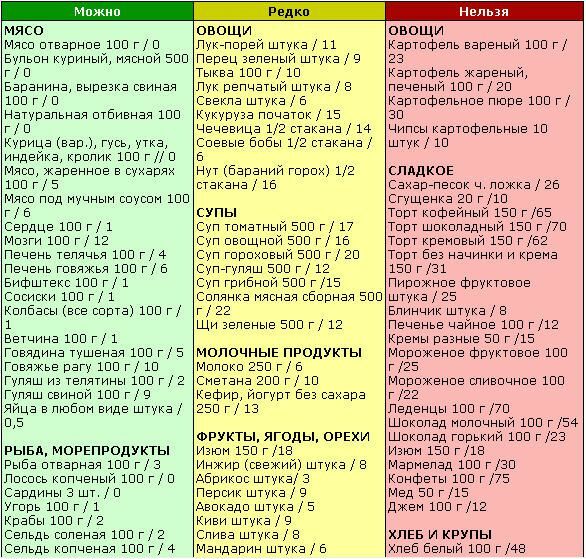
It is important to understand that taking only choleretic preparations and ignoring other recommendations of doctors, in particular, regarding compliance with the diet, you can not forget about the symptoms of the disease, because its causes will remain unchanged.
Treatment with folk remedies, which was mentioned in the article, can have a positive effect on the dynamics of recovery, but it is also not a panacea.
Ignoring recommendations of the doctor, you can provoke the most severe complications, which will not be easy to cure.
Remember this, drink cholagogue preparations, adhere to proper nutrition and other advice of the gastroenterologist.

